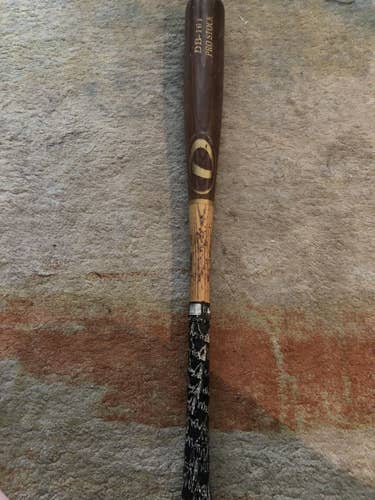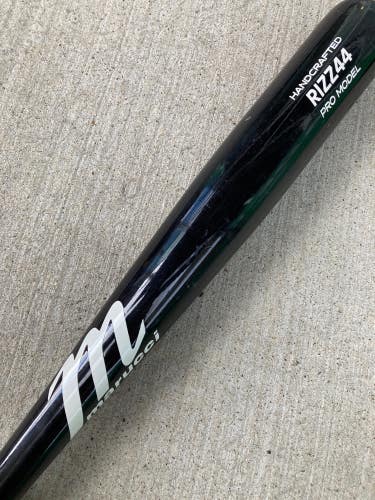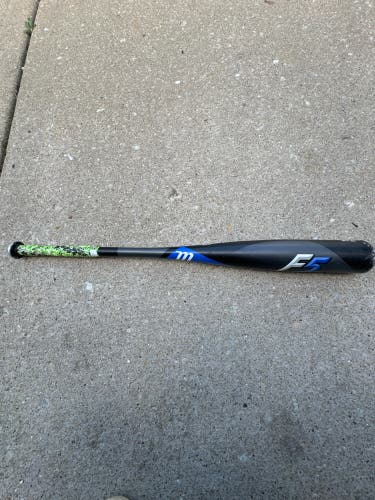Popular Baseball Bat Models
See more Popular Baseball Bat Models
Louisville Slugger Select PWR
280 Available

Easton ADV 360
372 Available
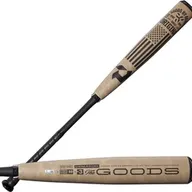
DeMarini The Goods
981 Available
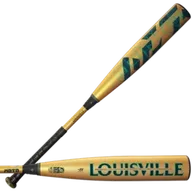
Louisville Slugger Meta
1624 Available

DeMarini CF
1080 Available
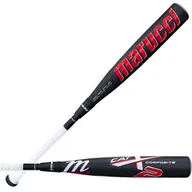
Marucci CAT9
1048 Available
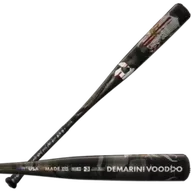
DeMarini Voodoo One
669 Available
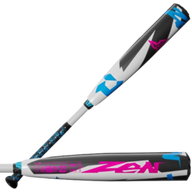
DeMarini CF Zen
680 Available
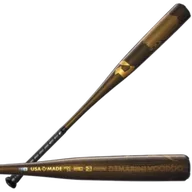
DeMarini Voodoo
490 Available

Marucci F5
280 Available
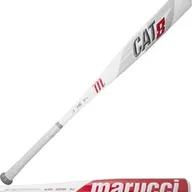
Marucci CAT8
493 Available
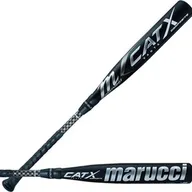
Marucci CAT
619 Available

Easton Speed
287 Available
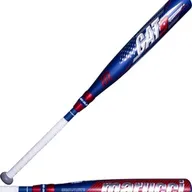
Marucci CAT9 Composite
246 Available
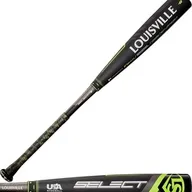
Louisville Slugger Select
34 Available
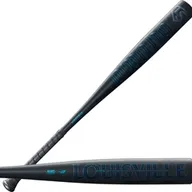
Louisville Slugger Omaha
313 Available
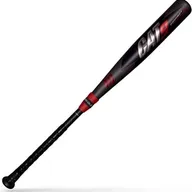
Marucci CAT9 Connect
379 Available
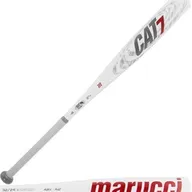
Marucci CAT7
299 Available
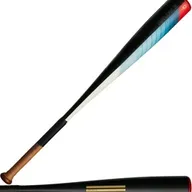
Warstic Hawk2
26 Available
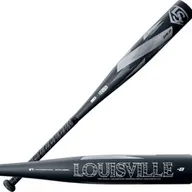
Louisville Slugger Solo
336 Available
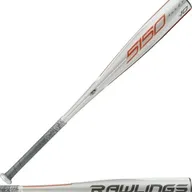
Rawlings 5150
383 Available
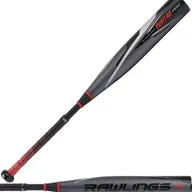
Rawlings Quatro Pro
124 Available
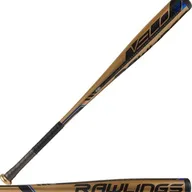
Rawlings Velo
477 Available

Louisville Slugger Prime One
25 Available
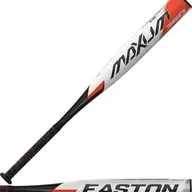
Easton Maxum 360
112 Available
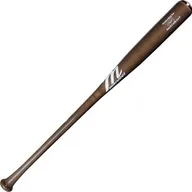
Marucci Posey28
110 Available

Victus Nox
437 Available

AXE Elite One
115 Available
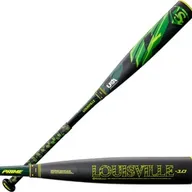
Louisville Slugger Prime
206 Available
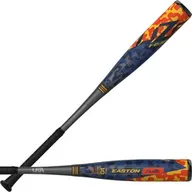
Easton Fuze
124 Available

AXE Avenge
93 Available
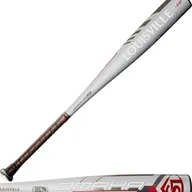
Louisville Slugger Omaha 5
57 Available

Victus Vandal
216 Available

DeMarini CF Glitch
88 Available

StringKing Metal pro
26 Available
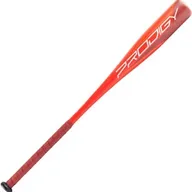
Rawlings Prodigy
196 Available
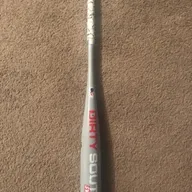
Dirty South Dirty South Swag
40 Available
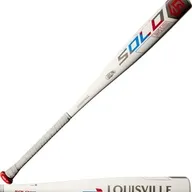
Louisville Slugger Solo 619
107 Available
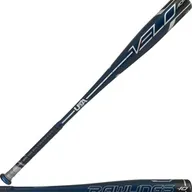
Rawlings Velo ACP
124 Available
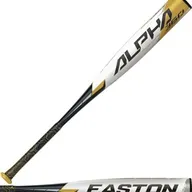
Easton Alpha 360
151 Available

Louisville Slugger Vapor
115 Available
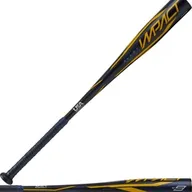
Rawlings Impact
43 Available

Rawlings RX9
29 Available

True T-2
21 Available

True T1X
20 Available

Louisville Slugger Prime 2020
7 Available
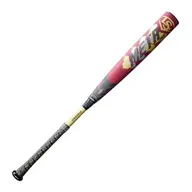
Louisville Slugger Meta PWR
49 Available

Easton Alpha
43 Available

Louisville Slugger Dynasty
7 Available

DeMarini Sabotage
11 Available
Trending Bat Listings
See more
MMATT152

larrydmartinez7

KyeL7

sportsxchange
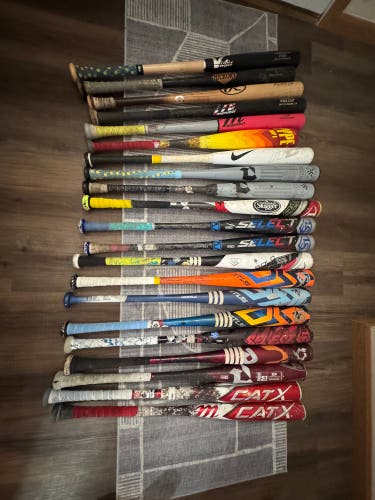
Gaitheraidan

jakescherrer
IMMACULATE - 2024 DeMarini Voodoo One BBCOR Certified Bat (-3) Alloy 29 oz 32" (Used)
$130
Retail price: $400
Talley118

sportsxchange

813_bats

813_bats

jmpiombo
Shop by Bat Certification
USSSA Certified Baseball BatsUSSSA CertifiedBBCOR Certified Baseball BatsBBCOR CertifiedUSA Certified Baseball BatsUSABat CertifiedTraining Baseball BatsTraining Bats
1,126 Results
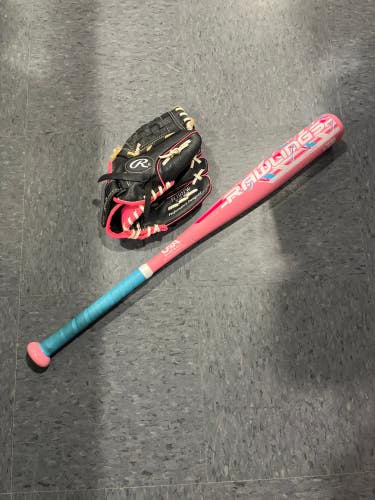
blowout_bargains
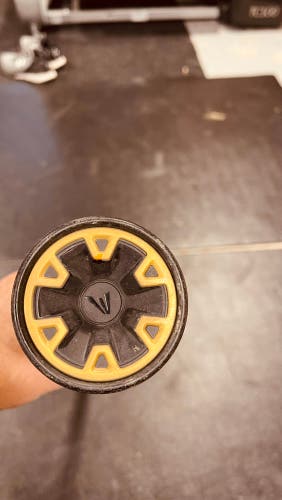
rnags33
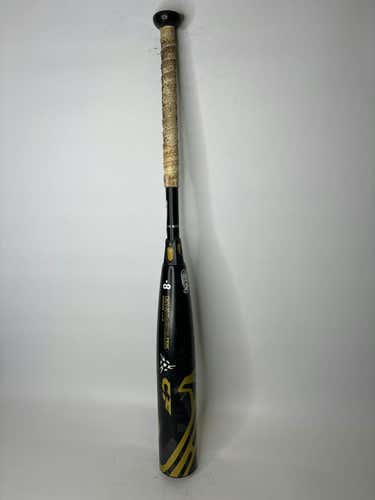
PIA_Valdosta
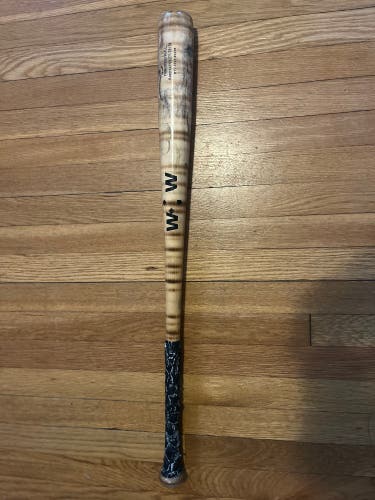
CooperC40
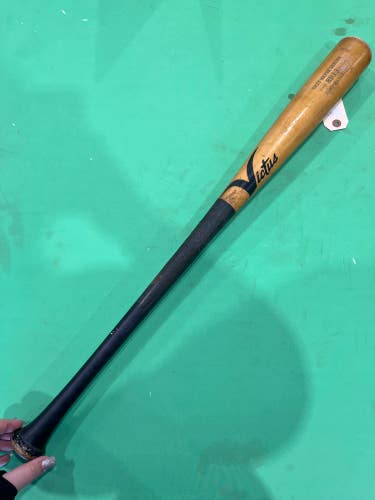
GrittySport

DBirt2TX
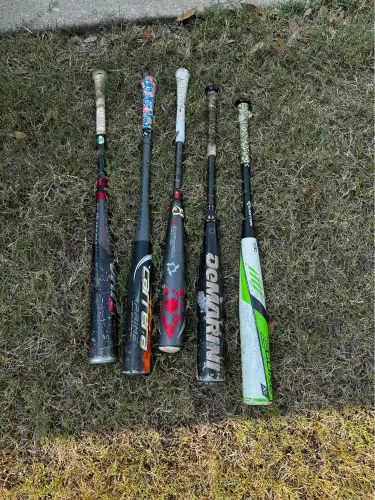
grantta5
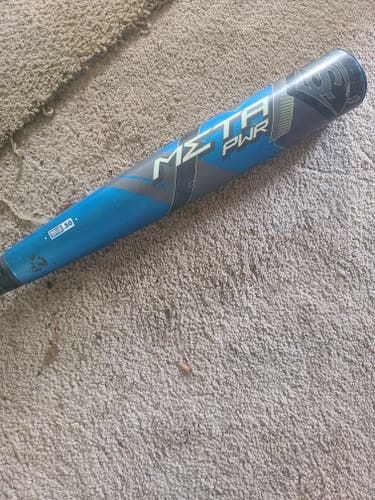
spartan396
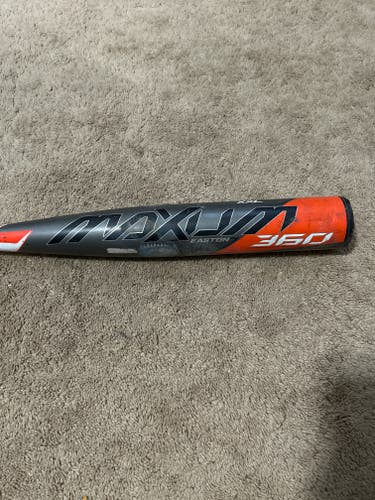
Cdomke11
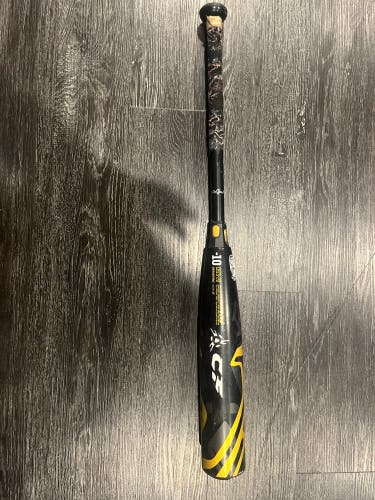
Moboys1214

bwald279
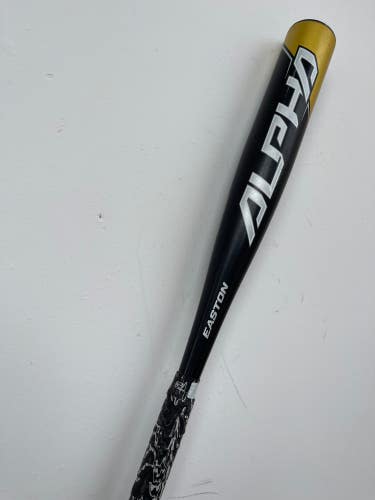
blowout_bargains

NE_Resellah

ConnorP82
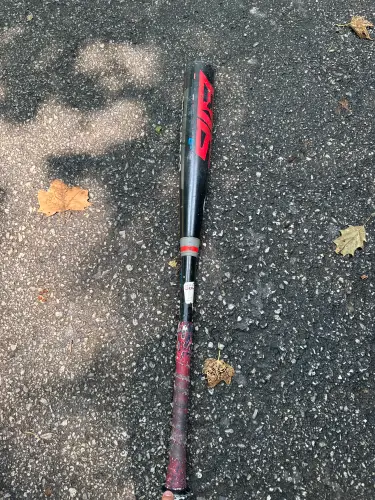
baseball_seller4

RedClayGlove
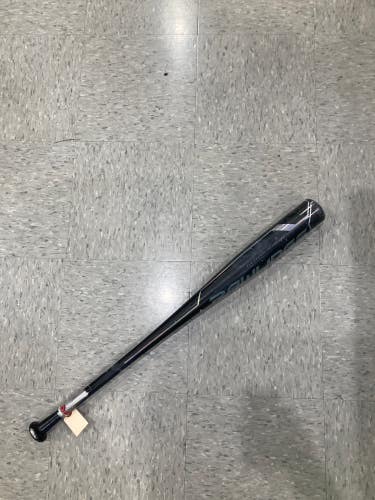
blowout_bargains

ThePlayersCloset
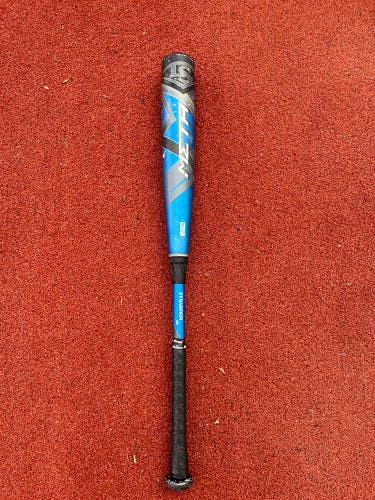
morrow28
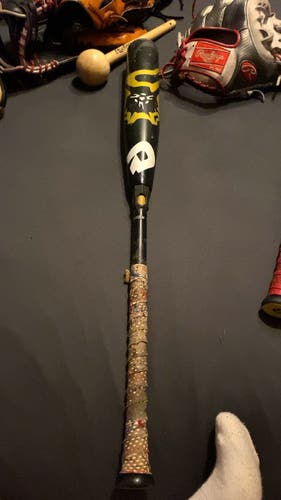
LinusC_10

cjnicoll

NP1a

PIASAustell
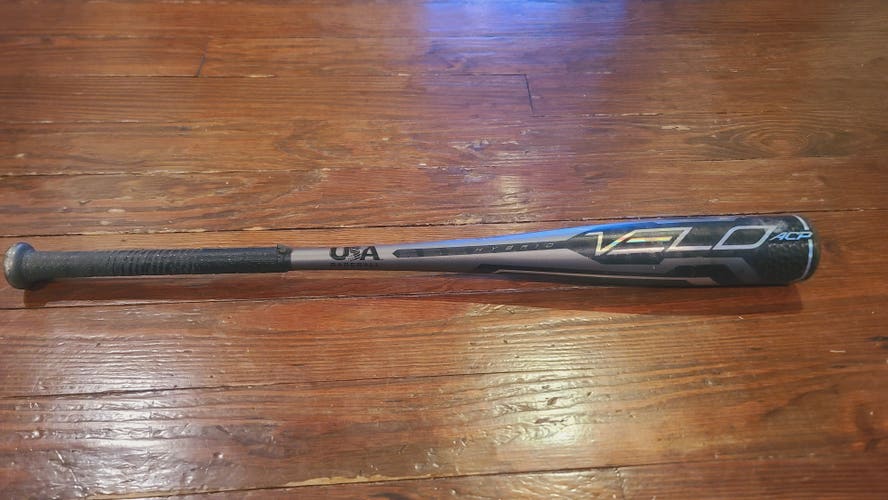
Web_Gemz
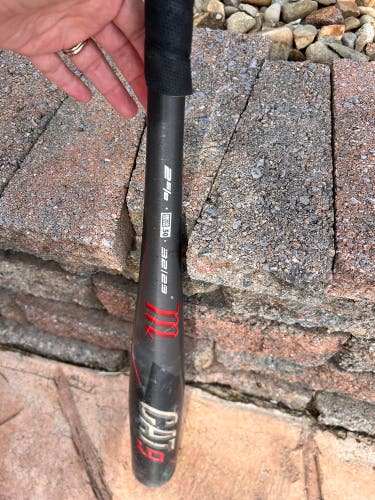
Baseballmom58
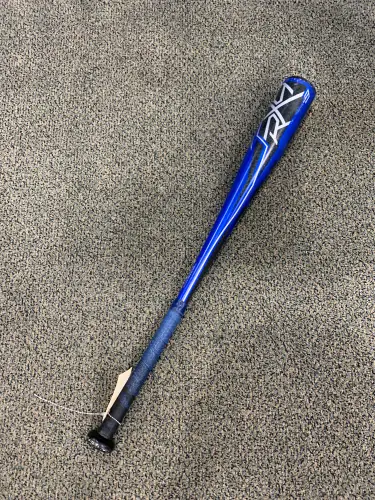
blowout_bargains

Jwoodburn34

jgreco123
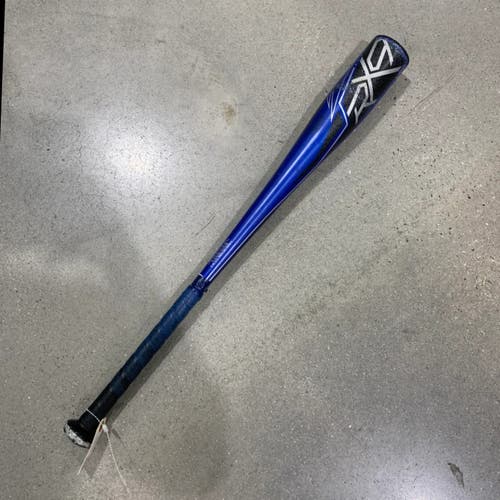
blowout_bargains
Related Articles
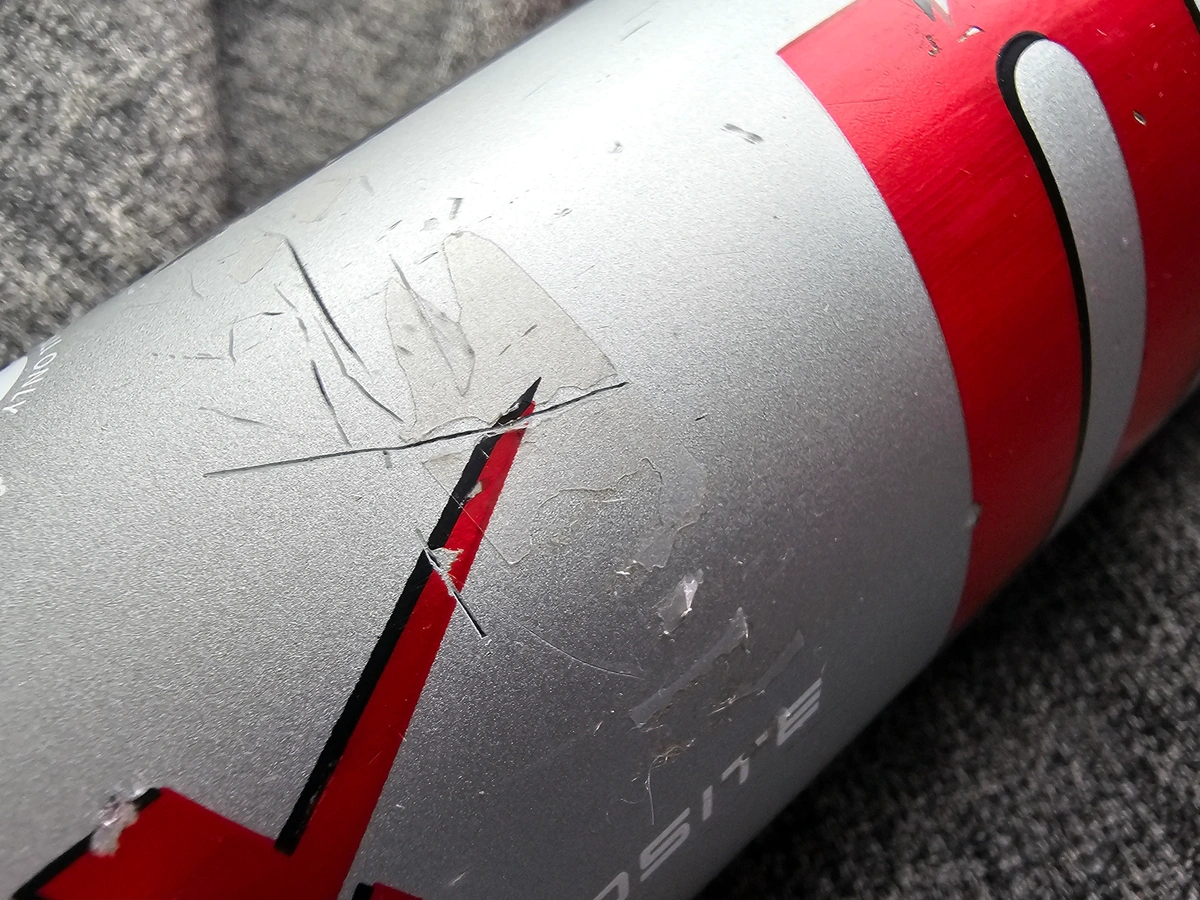
Signs You Need to Replace Your Baseball Bat
A trusty bat, perfectly balanced and broken in, allows you to unleash powerful hits with confidence. But even the most cherished bat can't last forever.
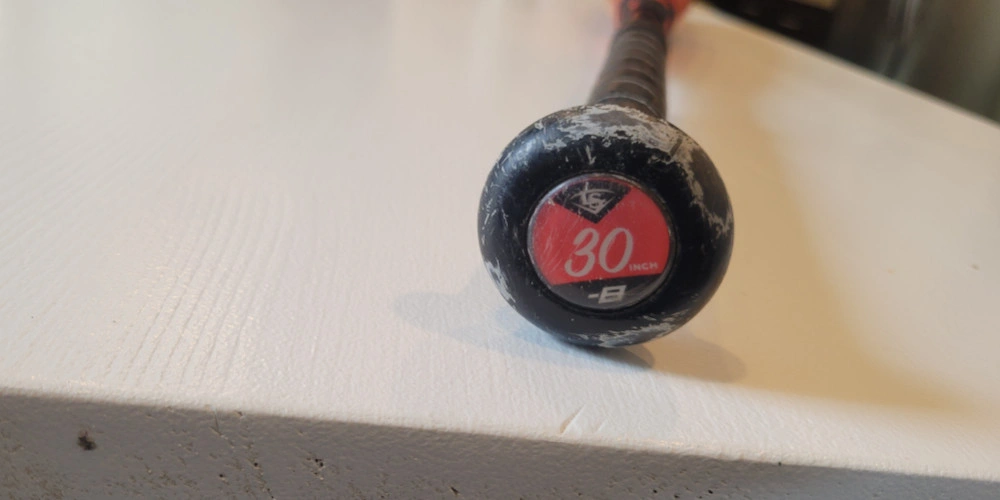
Buying a Used Baseball or Softball Bat
Looking to save big on used bats? Here's a brief checklist that our trade-in team uses to determine whether a used baseball or softball bat is worth buying.
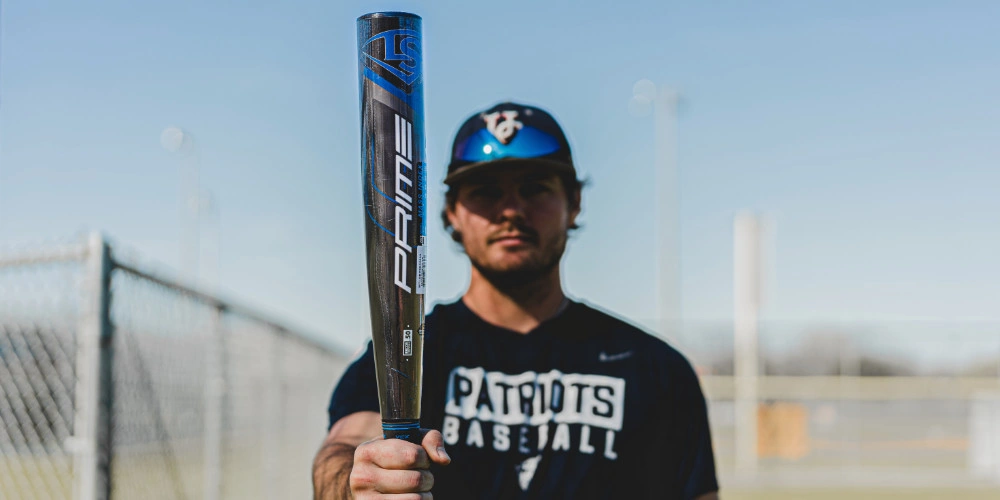
How to Ship A Baseball Bat
If you're looking to sell your bat, we've got a few tips to help you ship them safely.


